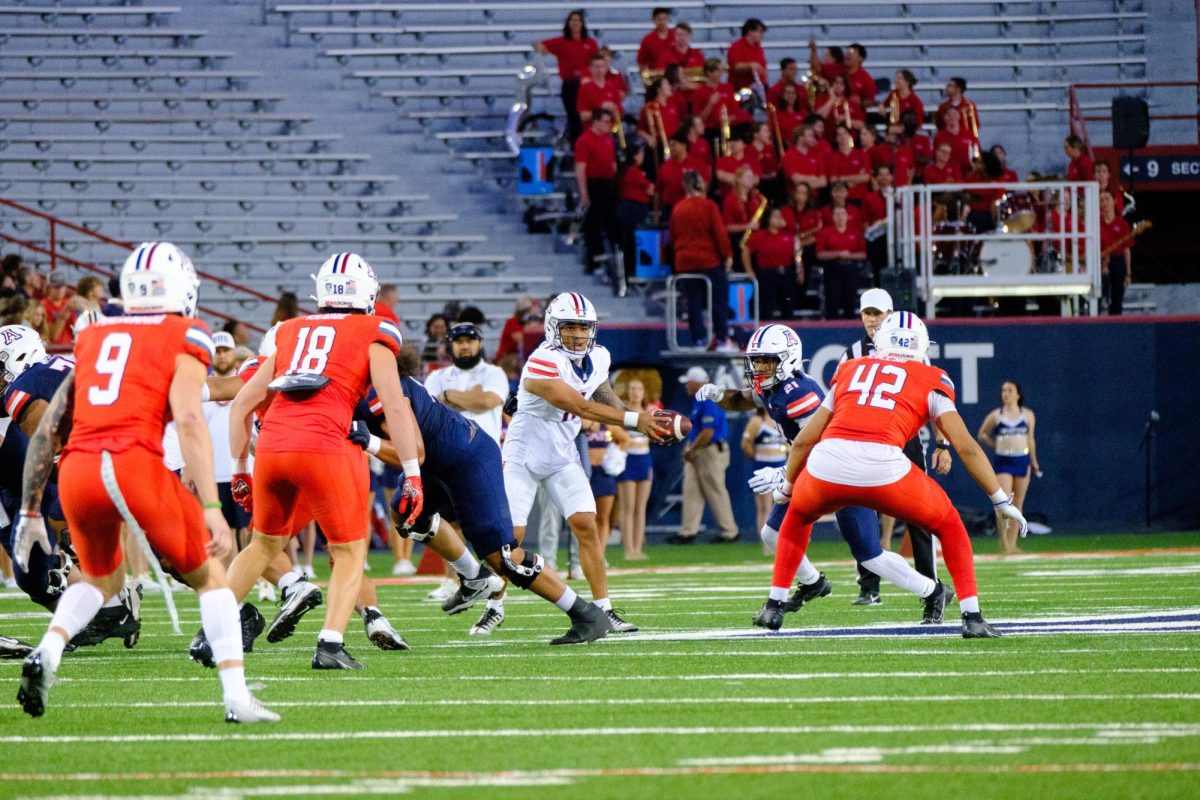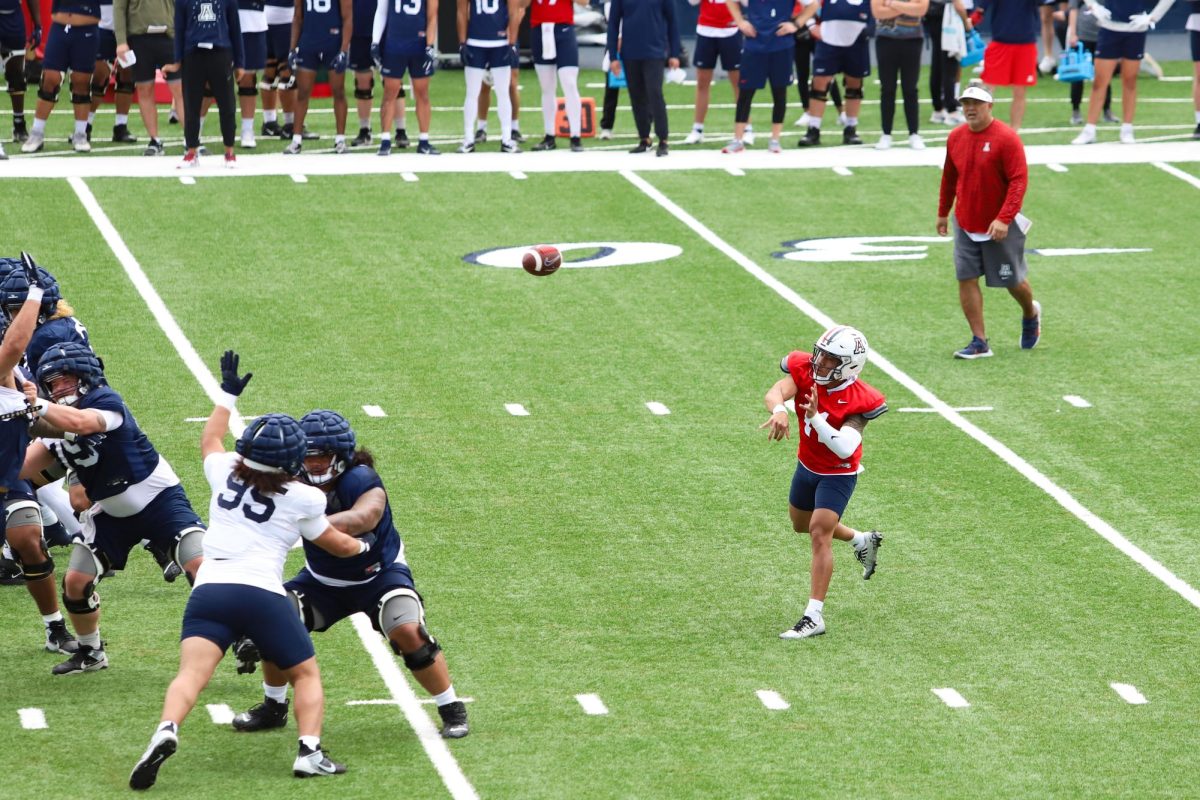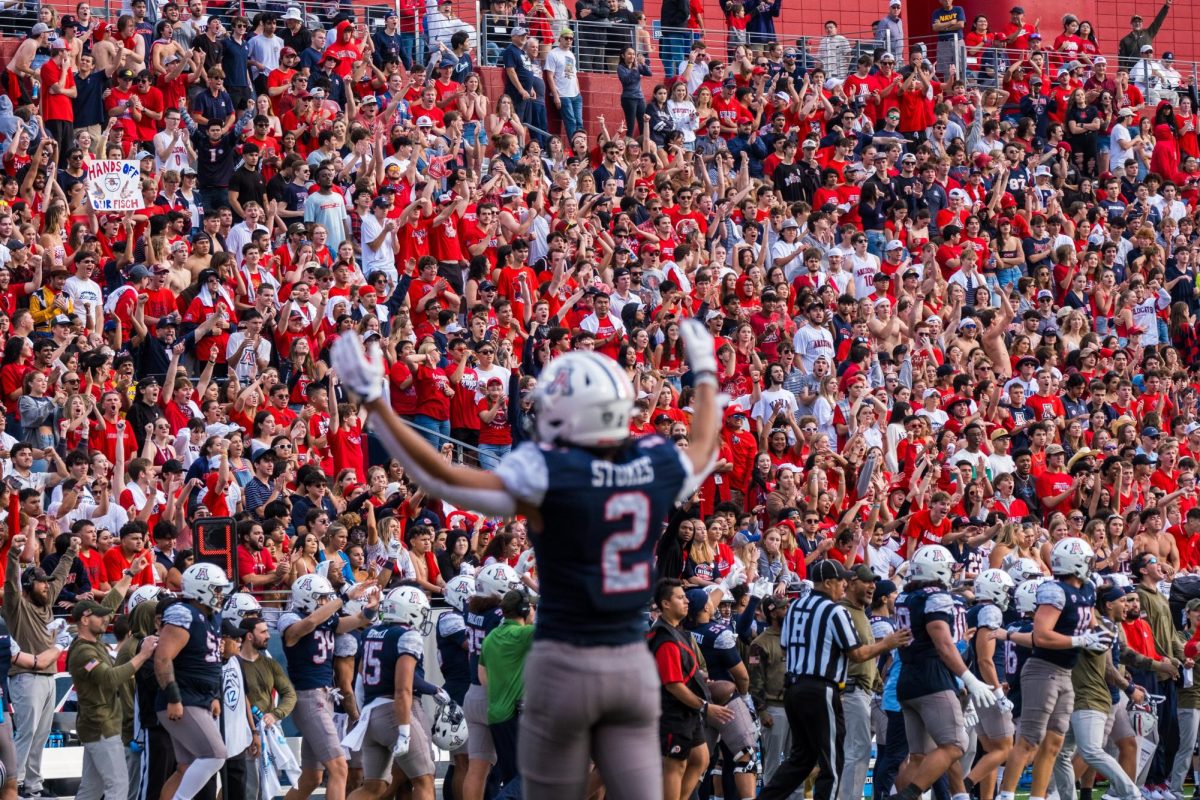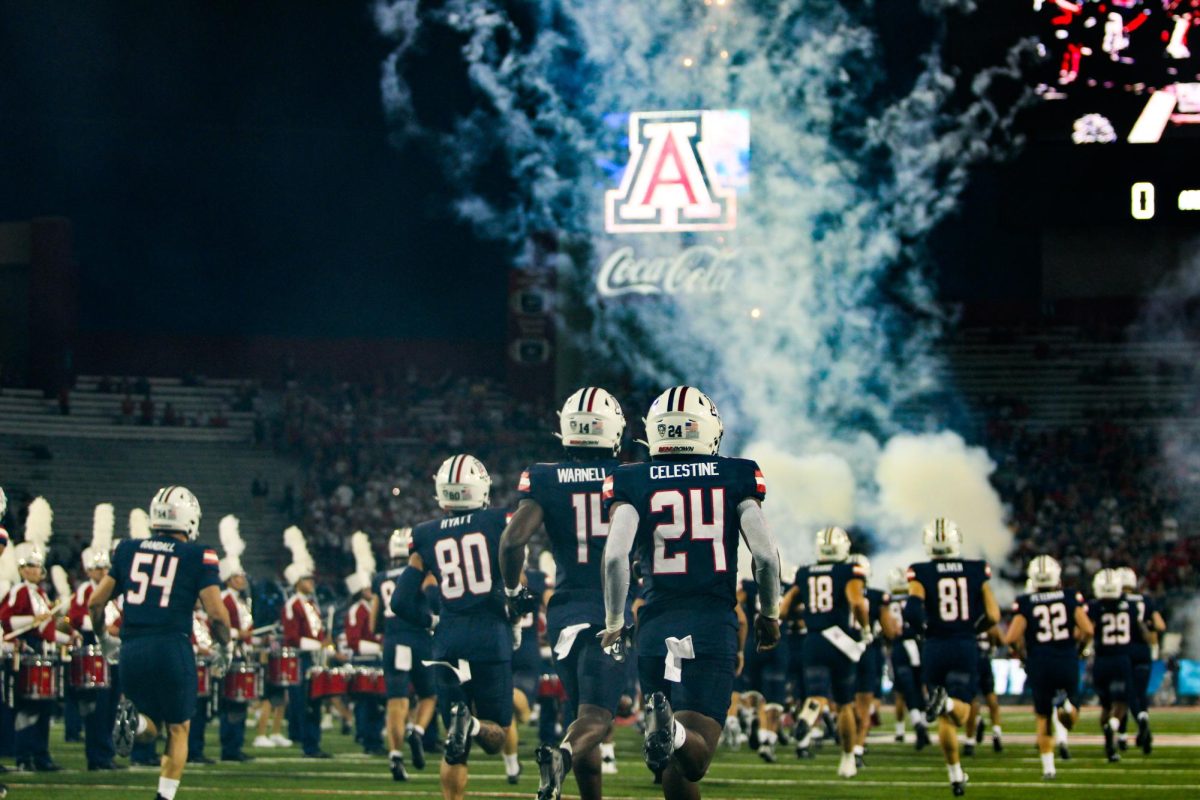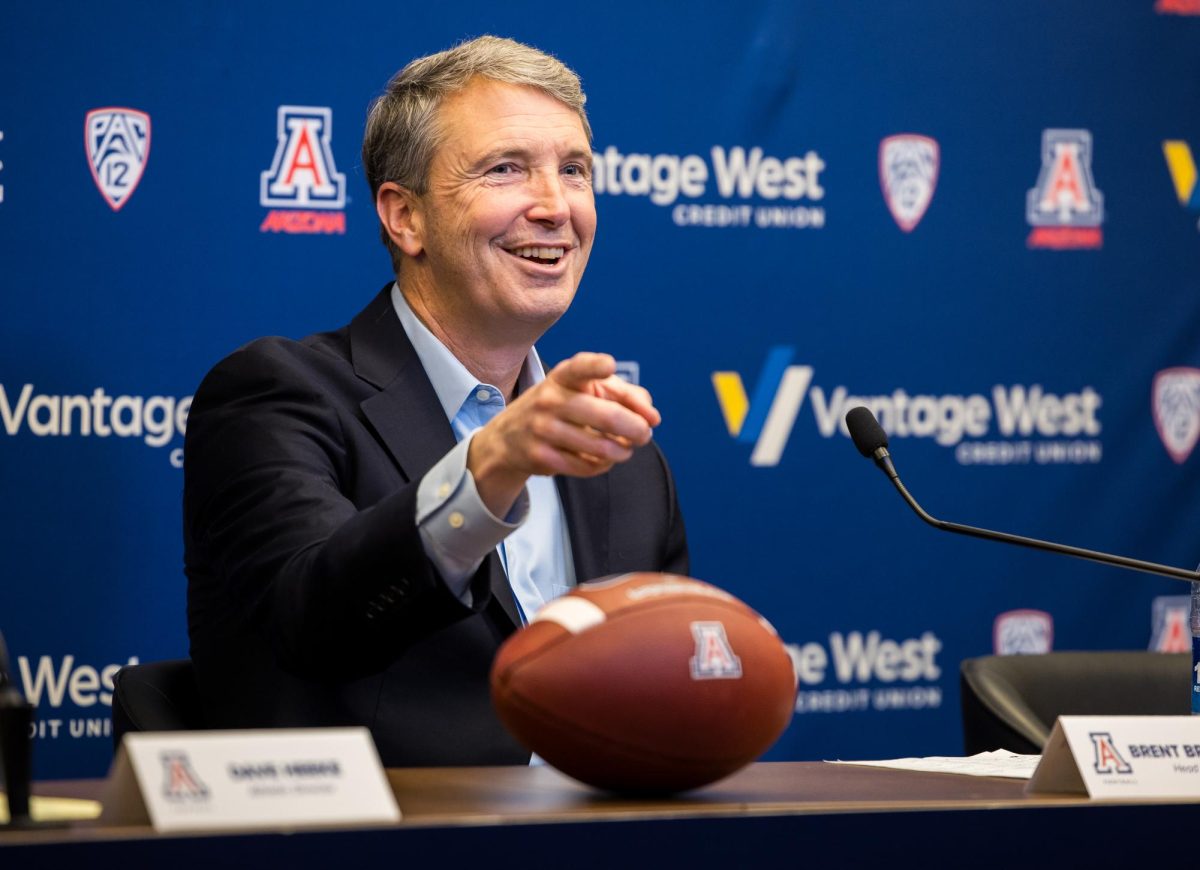SEATTLE — Bill Moos likens it to an episode of the old TV spy series “Mission Impossible.”
Only a tight circle of confidants — “less than you can count on one hand”—knew he was on a plane to Key West, Fla., Nov. 15 to sound out free agent Mike Leach as a potential new football coach at Washington State.
“I get the envelope,” Moos says, recalling that old show, “and here’s where I’m going.”
Moos, the athletic director at WSU, was using a private credit card to further the veil of secrecy. He didn’t enlist a so-called “head hunter” search firm, opting instead for a trusted friend from Eugene, Ore., to act as third party.
Until he came face-to-face with Leach in a Marriott hotel on the island, it was all done through intermediaries. “We never had a conversation until that day,” Moos says.
The Moos-Leach liaison came amid the biggest upheaval of football coaches in the Pac-12 since 2003. Four coaches would be jettisoned, and four new ones would be in place by Christmas.
They came in all descriptions: Leach and Rich Rodriguez (Arizona), two college coaches who were out of work; Jim Mora (UCLA), also out of coaching, but with a resume almost entirely in the NFL; and Todd Graham (Arizona State), the University of Pittsburgh coach who had recently spent a single year at two different jobs.
Their hires shine a light on some of the realities of 21st-century searches, and the difficulty in steering the process through coaches who might merely be playing one job off against another, or agents who might drop names of their coaching clients as a way of driving up their desirability.
And it has to happen in a Twitter and Facebook world, one in which different schools might be sniffing after the same quarry.
Flying to Florida, Moos was equipped with a copy of Leach’s book, “Swing Your Sword,” in which the coach details his frustration having dealt with layers of chancellors and presidents at Texas Tech.
Moos would be able to tell him he’d have one boss — Moos.
And he knew he could talk sophisticated football with Leach. At Tech, Leach’s AD was Gerald Myers, a former basketball coach. Moos could speak the language of “dig” routes and “Cover 3” defenses with Leach.
You could say Moos was living dangerously. His football team had two games to go, and he hadn’t yet made a coaching change. He says he told Leach, “I’m hoping my guy (Paul Wulff) finishes strong,” but Moos felt he might be hopelessly behind if he waited until the season was done to begin reconnaissance.
The Cougars lost those last two games, and on the day after the Apple Cup, he had a sit-down with Wulff, in which, Moos says, “I pretty much figured out where I was going.”
Two days later, Sherry Wulff was in the hallway at Bohler Gym, waiting for Moos to arrive, there to make a last-ditch plea for her husband. She and Moos talked for a bit, and Moos asked her to call Wulff to join them.
It was then that Moos said he was making a change.
“It’s always tough, and anybody that says it isn’t doesn’t have a soul,” said Moos. “It’s been tough for me when I had coaches I didn’t like. You can imagine when it’s somebody I like and it’s a fellow former player and all that.”
A day later, Washington State announced Mike Leach as its new football coach.
———
Nobody got a quicker start on a search than Greg Byrne, the athletic director at Arizona. Byrne dismissed Mike Stoops on Oct. 10, and Thanksgiving week announced Rodriguez as the new man.
The acclaim that accompanied both the Leach and Rodriguez hires suggests it’s a lot easier to pursue a coach who’s out of work. But the factor common to both was that, for most of the process, they were closely guarded secrets.
Byrne has a couple of guiding principles: If a candidate’s name leaks out in connection with his search, his candidacy is done. Byrne will know he’s being “played.”
Second, he insists on candor with his potential hire.
“I’m going to be transparent with you,” he recalls of a conversation with Rodriguez. “I’ll make sure you know where you stand, if you do the same with me. Let’s not play games.”
Unlike many schools, Byrne chose not to use a head hunter. Remarkably, Colorado State, not the most well-heeled school, spent a reported $250,000 for one in a search that yielded Alabama offensive coordinator Jim McElwain.
One benefit to going without: It’s one less entity that knows what you’re doing.
“I felt we had time on our side,” said Byrne. “(And) one of the few skills I have is, I know a lot of people.”
As the Arizona process wound down, it became apparent the Wildcats might have company in their coach-seeking. Rick Neuheisel was widely believed a lame duck at UCLA, and Dennis Erickson’s regime was teetering at Arizona State.
“You start to get a feeling of who may have openings and who may not,” Byrne said. “At the time, I didn’t know if UCLA was going to open up. We certainly could be fishing out of the same waters.”
When Byrne settled on Rodriguez, he puzzled over how to announce it. With a suggestion from his wife Regina, he gave a nod to new-age social media. He tweeted that Arizona had a new coach, with a link to a photograph of Rodriguez.
Lisa Love, athletic director at Arizona State when the school hired Graham, doesn’t have such a positive feeling about social media—at least the impact it has on a coaching search.
“I’d give it an 80-20 ratio of inaccuracy over accuracy,” she says, referring to the “misinformation flow” of tweets, blogs and Facebook postings.
Right or wrong, the Arizona State search is regarded as the most tortured of the four in the Pac-12.
The Sun Devils might argue, but the process included criticism from agent Leigh Steinberg, plus a mid-search venting by a committee of former ASU players who expressed that they weren’t being heard.
Love wouldn’t provide details, but the Sun Devils are believed to have had major interest in Kevin Sumlin of Houston. But Greg Byrne’s father Bill, AD at Texas A&M, threw something of a curveball by firing coach Mike Sherman four days after Erickson’s ouster at ASU.
“I wasn’t planning on making a change,” the senior Byrne told The Seattle Times.
Not only Arizona State but UCLA likely had eyes for Sumlin. (Neuheisel was fired on the same day as Erickson.) But Sumlin had worked as an assistant at A&M, and only 95 miles away, wasn’t exactly a stealth candidate for the Aggies.
The Arizona Republic reported that ASU offered the job to Sumlin—the Sun Devils deny it—while Los Angeles-area media dispatches said Sumlin and Miami’s Al Golden topped the Bruins’ list at one point. This, after UCLA made the obligatory advance for Boise State’s Chris Petersen, and Petersen did what he always does—turn it down.
In Tempe, Ariz., word leaked that Southern Methodist coach June Jones was the choice, and while he had some support, there was considerable blowback from fans. National media reported he was about to be named, and just as the process was in its final stages, the relationship fell through.
Steinberg tweeted that he was witnessing “one of the most bizarre endings to a set of productive discussions.”
Eventually, a search firm helped the Sun Devils unearth Graham. Love insists there was no low point in the 17-day quest, but concedes that searching for a football coach isn’t for the fainthearted.
“It is an all-consuming process,” she said. “That’s all you do all day, every day. Fluidity is important, research is important. The only way you’re going to be able to do it is to be at it 24/7.”
A quarter-century ago, there were only the stories by traditional media. There was no sports-talk radio, no message boards, no palpable roiling-up of resentment from the fan base when a search went sideways.
“You know what I compare it to?” Love says. “Think about a visiting team rolling into another venue.
You’ve got the fans cheering for the home team. The ultimate competitive responsibility is to deliver.”
UCLA athletic director Dan Guerrero declined to be interviewed for this story, but in an email, he wrote, “Virtually everyone under the age of 35 is active in social media, and it makes it very difficult to carry out a truly anonymous and confidential search.”
That’s not to say Guerrero, who was already under fire for failed football hires in Neuheisel and Karl
Dorrell, didn’t come under scrutiny from mainstream outlets.
This is how T.J. Simers, columnist for The Los Angeles Times, introduced Mora to his readers: “Now he’s UCLA’s new coach because every other coach in the country had no interest in the job.”
Pressure starts now
Fit. They all talk about hiring somebody who fits the profile of the school.
“I’m not big on hiring prima donnas,” says Arizona’s Bill Byrne. “I want somebody who knows all the names of the secretaries and the janitors, of the maintenance guy who comes in and fixes the clock.”
The sheer numbers, though, suggest that there are a lot of bad fits out there. The 2011-12 offseason brought 26 coaching hires among 120 major-school jobs, which reflects either a lot of imperfect hires or the impatience of administrators and fans.
“It’s troubling,” says the senior Byrne. “I think given the pressures that are out there and the enormous compensation packages, if there isn’t success pretty quickly, there’s going to be a change made.”
Moos says candidly that some hires left him scratching his head.
“There’s the Charlie Weis deal,” he says of Kansas’ hire. “He failed miserably at Notre Dame, but, ‘By God, he was at Notre Dame.’ Down at Ole Miss, they have to have 15 people on a search committee. By the time they get through the introductions on the search committee, all the good coaches are hired.
“I don’t need 15 people sitting at the table. Where are the other 14 when I get evaluated on (the performance of) my football coach?”
Nor is Moos a fan of reaching to the pro ranks for a candidate, although it was a home run at USC with Pete Carroll before NCAA sanctions.
“I shy away from that,” Moos says. “I think they’re two completely different games. The whole element of rules compliance and recruiting—I just think you’re taking a big chance. I’m not singling out Mora; he may do a great job there.”
When the winter round of hires was done, the Leach and Rodriguez choices were widely applauded. SportsIllustrated.com writer Stewart Mandel gave the Leach deal an A-plus, even better than Ohio State with Urban Meyer. Rodriguez got an A-minus, but the selection of Graham and Mora rated D’s.
CBSsports.com’s nine college football writers voted Meyer, Rodriguez and Leach as the Nos. 1-2-3 hires, and put Mora 15th and Graham 18th. In the category of “Which school took the biggest gamble?” the two most-named schools were UCLA and ASU.
Come September, when they begin playing the games, none of those ratings matter. But increasingly, a lot of people are keeping score on their bosses in the offseason.



